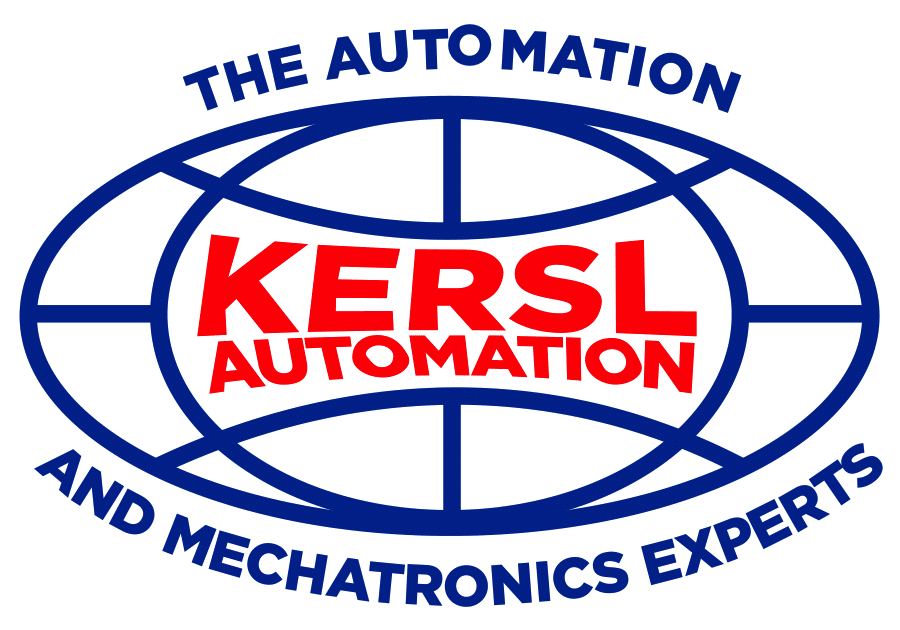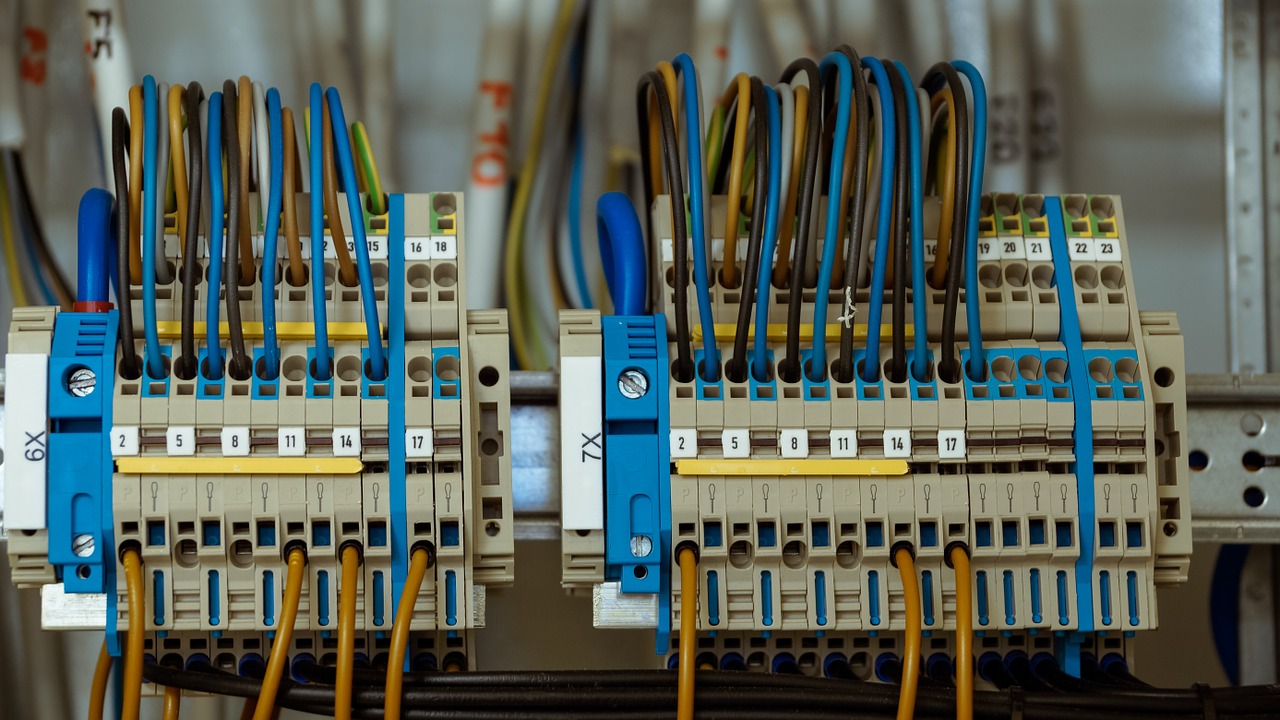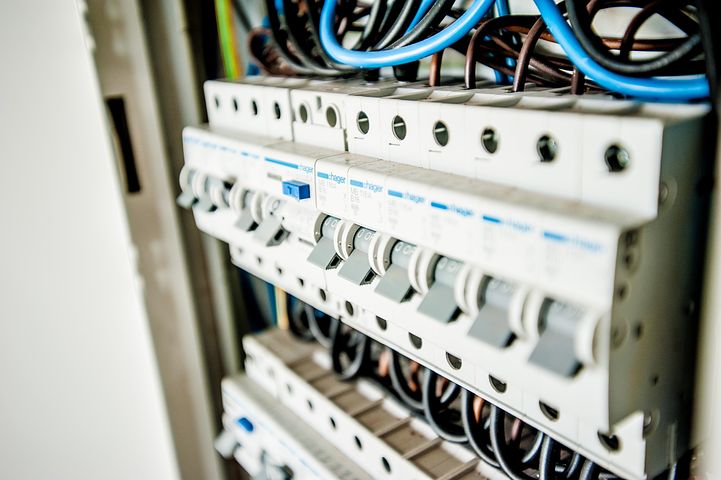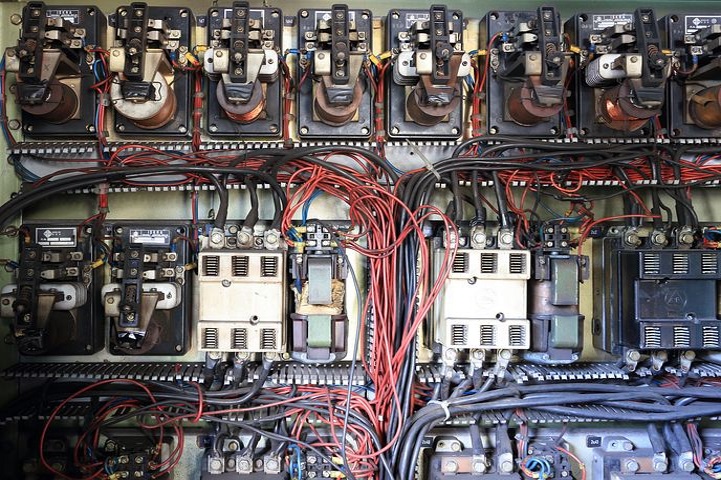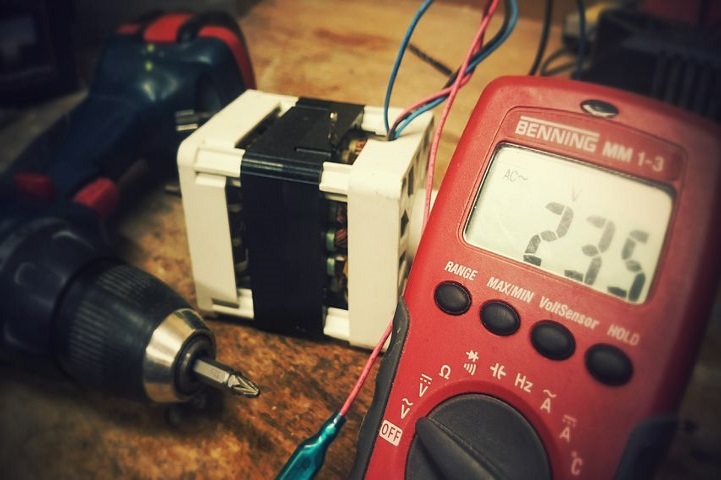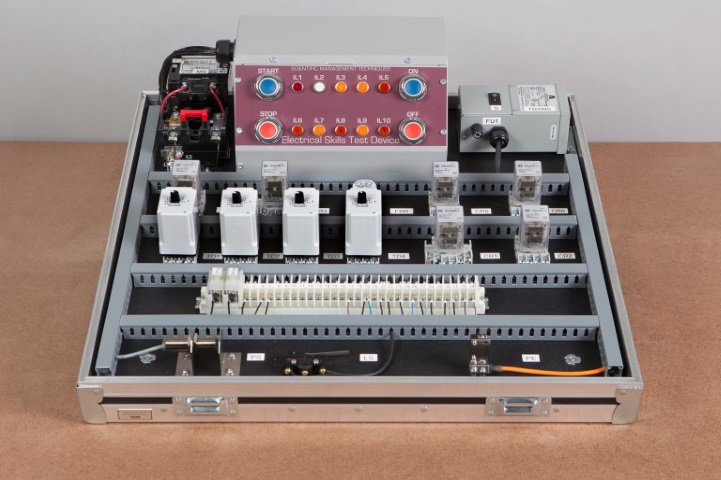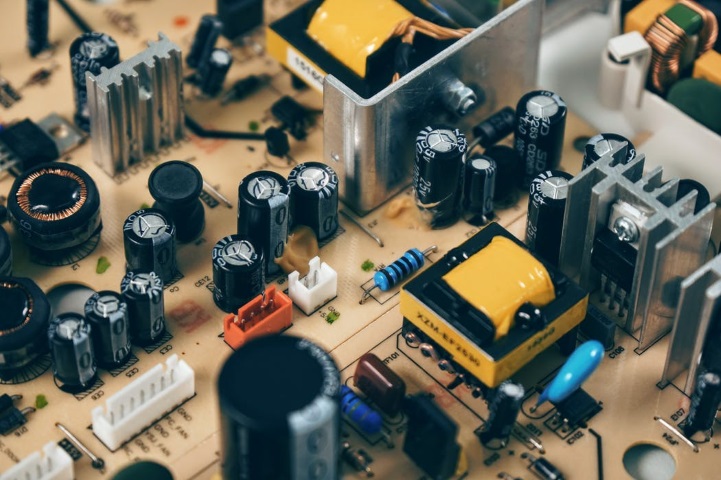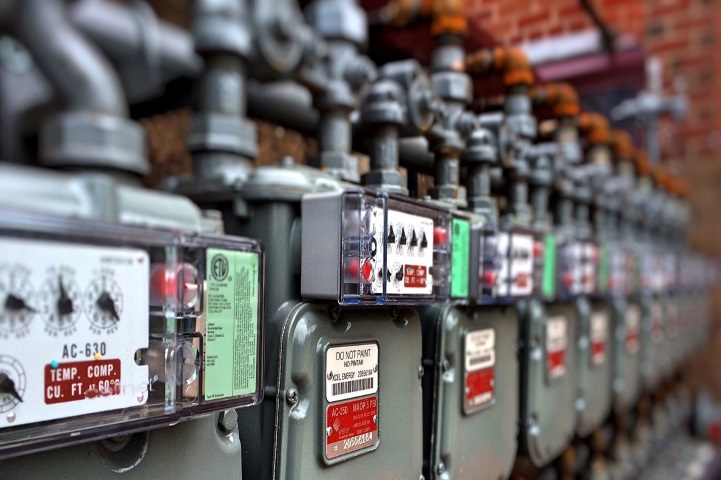Electrical Wiring Practice I
Electrical Wiring Practice I
COURSE CODE: KCEWP1-02
Credit Value: 2.0
This course is especially designed to enable a student who graduates with the KERSL diploma in Industrial Skills, Automation and Mechatronics, to be able to sit for the Ghana Energy Commission’s Electrical Wiring Practice Certification in Domestic Wiring. Additional course content will be picked up by the student during the Industrial Electricity courses.
On completion of the course, the student will be able to:
- Demonstrate an understanding of electrical safety practice.
- Demonstrate an understanding of electric current, electric potential and simple DC battery circuits.
- Demonstrate an understanding of how to use tools used in the electrical wiring trade.
- Demonstrate an understanding of electrical and electronic symbols.
- Demonstrate and understanding of wiring diagrams and residential wiring installations.
- Demonstrate an understanding of how to prepare bill of quantities.
- Demonstrate an understanding of energy efficiency and alternate sources of supply.
- Demonstrate an understanding of customer relations and regulations.
- Learning Outcome 1
- Learning Outcome 2
- Learning Outcome 3
- Learning Outcome 4
- Learning Outcome 5
- Learning Outcome 6
- Learning Outcome 7
- Learning Outcome 8
Objectives:
- Identify dangerous situations and behaviours likely to cause accidents
- Some dangerous situations are ladders, hand tools, scaffolds and contact with electricity.
-
- Dangerous behaviours include lack of concentration, disregard for safety practices, laziness, impatience, indecision and complacency.
- Select suitable protective clothing for specific jobs.
- Goggles, hand gloves, helmet, safety boots, safety belt, overall/overcoat
- Understand practical application of health and safety at work.
- Employer’s obligation: ensuring health and safety of employees, providing and maintaining equipment, provision of protective equipment clothing for employees, enforcement of safety rules.
-
- Employee’s obligation: (corporation with employer and colleagues to ensure safe work practices.
- Understand what to do in case of an accident
- Wash wound with clean water, cover with sterilized dressing, seek medical attention.
- Understand the use of first aid and use of fire extinguisher.
Objectives:
- Demonstrate an understanding that all matter consists of a nucleus of proton and neutrons, and outer shells of electrons.
- Demonstrate an understanding of the nature of electricity:
- The electron as a charge-carrying entity and the coulomb as a unit of charge.
- Static electricity as charges separated by some distance.
- Electric current as a flow charge (electrons), with “amp” as the unit.
- Electric potential as the amount of work needed to move a unit positive charge from a reference point to a specific point, with “volt” as the unit.
- Simple DC battery circuits (e.g., components of a flash light). Introduction of the “resistor” as a component that impedes the flow of current.
Objectives:
- Understand the selection and use of hand / power tools to perform a specific task on a given job.
- Voltmeters, multimeters, insulation resistance testers, earth resistance testers, drills, cutters, etc.
2.Identify tools and materials used for cable joining and termination
-
- Blow lamp/heat gun
- Crimping tool
- Hacksaw
- Side cutters
- Combination pliers
- Knife
- Soldering iron
- Set of screw drivers
Objectives:
- Understand symbols for home appliances and electrical symbols
-
- Air conditioner, Refrigerator, Freezer, Fan, Electric oven, Microwave oven, Washer, Dishwasher, Dryer, Cooker, Electric heater, Water heater, Television, Electric pump, Thermostat, Electric bell.
- Switches, sockets, home system detectors (gas detectors, motion detectors, infrared detectors, fire detectors, etc.).
Objectives:
- Identify types of wiring and schematic diagrams
- Block diagrams, single line diagrams
- As-fitted / As-built / As-installed drawings
2.Distinguish between schematic and wiring diagrams
I.Design, draw and interpret types of schematic and wiring diagrams
- Identify components in a wiring diagram
- Identify terminal conventions in a wiring diagram
- Identify wiring conventions in a wiring diagram
- Identify and interpret bundles in a wiring diagram
- Relate the wiring diagram to actual hardware
- Relate the wiring diagram to actual wires
- Troubleshoot a circuit using wiring diagram
3.Identify types of cables
-
- Single core PVC insulated and sheathed cable
- Single core PVC insulated only cable
- Multicore core PVC insulated and sheathed cable
- Vulcanized rubber insulated cable
- Tough rubber insulated cable
- Mineral insulated cable
4.Understand sizes, current-carrying capacity, and how to select cables for a task.
-
- 1.5mm2 for lighting
- 2.5mm2 for socket outlets
- 4.0mm2 for water heaters and air conditioning
- 6.0mm2 for cooker
- 16mm2 for earthing unit and service mains
5.Identify types of cable joints and understand how to make cable joints and terminate cables.
6.Explain space factor for conduits
-
- Trunking – 45% or 0.45 pu
- Conduit – 40% or 0.4 pu
- Duct – 35% or 0.35 pu
7.Perform surface and conduit wiring systems
8.Identify types of distribution systems
9.State functions of the distribution units (for protection, distribution and controlling)
10.Determine final circuits and number of points per circuit
11.Apply diversity factor to determine maximum current per circuit.
Objectives:
- Explain bill of quantities.
- Explain types of estimates.
- Understand how to prepare estimates for a given job.
Objectives:
- Identify types of energy efficient lighting technologies
- Compact fluorescent lamps (CFLs)
- Fluorescent lamps (T5, T8, T9)
- Light Emitting Diodes
2.Define power factor and recommend energy efficient measures
-
- Define power factor using the following considerations: phase angle, (lagging or leading), active power (kW), reactive power (kVAr), apparent power (kVA)
- Recommend energy efficiency measures: occupancy sensors, using energy efficient appliance, use of photocells, etc.
3.Apply energy efficiency regulations of Ghana
-
- L.I. 1815- Energy Efficiency Standards and Labelling (Non-Conducted Air Conditioners and Self-Ballasted Fluorescent Lamps) Regulations 2005.
- L.I. 1932- Energy Efficiency (Prohibition of Manufacture, Sale or Importation of Incandescent Filament Lamp, Used Refrigerator, Used Refrigerator Freezer, Used Freezer and Used Air Conditioner) Regulation 2008.
- L.I. 1558- Energy Efficiency Standards and Labelling (Household Refrigerating Appliances) Regulations, 2009.
4.Identify alternative sources of electricity
- Solar systems, wind turbine, biomass, mini hydro, micro hydro.
5.Describe how electricity is generated from each alternative source of supply.
Objectives:
- Demonstrate interpersonal and communication skills.
- Explain interpersonal skills (skills used by a person to properly interact with others, practical language skills)
- Apply types of communication and interpersonal skills
2.Understand and apply electrical wiring regulations.
-
- Interpret the guidelines for domestic wiring (2011, LI. 2008)
- Apply rules and regulations governing domestic wiring
- Comply with regulations and guidelines as specified in the electrical wiring regulation, 2011, L.I. 2008.
